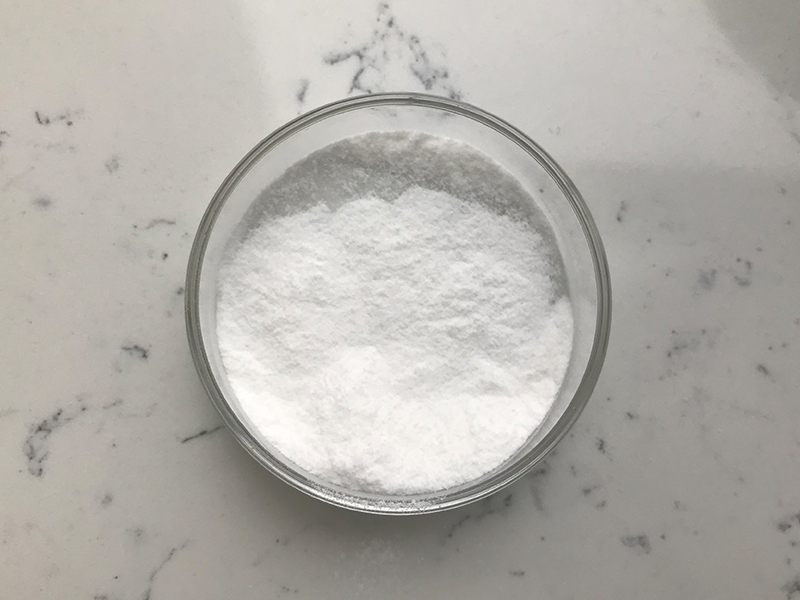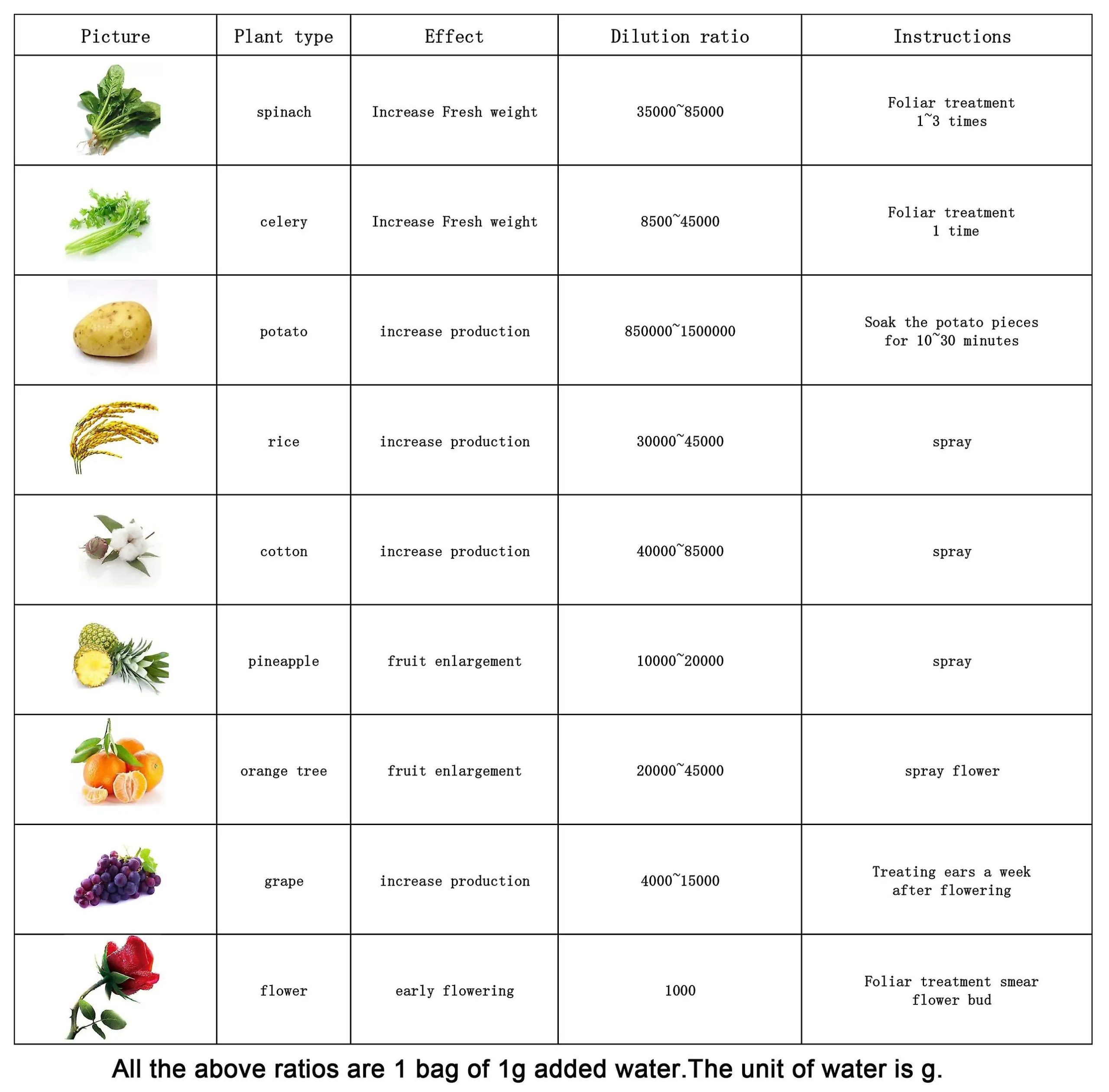Gibberellic acid (GA) is a plant hormone that plays a crucial role in regulating various physiological processes in plants. Here is a comprehensive overview of Gibberellic Acid based on existing knowledge up to my last update in January 2022:
Discovery and Structure:
Gibberellic acid was first discovered in Japan in the 1920s as a substance produced by a fungus (Gibberella fujikuroi).
It is a diterpene acid with the molecular formula C19H22O6.
Functions in Plants:
Cell Elongation: Gibberellic acid is known to stimulate cell elongation, leading to increased stem and internodal length.
Seed Germination: It plays a crucial role in breaking seed dormancy and promoting germination.
Flowering: Gibberellic acid is involved in the regulation of flowering, especially in the transition from vegetative to reproductive growth.
Fruit Growth: It influences fruit development and size.

Biosynthesis:
Gibberellic acid is synthesized through the terpenoid pathway in plants, and its production is influenced by environmental factors such as light and temperature.
Regulation of Gibberellic Acid Levels:
The levels of Gibberellic acid in plants are tightly regulated by biosynthesis, catabolism, and transport.
Feedback mechanisms exist to maintain optimal concentrations for proper plant growth.
Applications:
Agriculture: Gibberellic acid is used in agriculture to promote seed germination, increase fruit size, and control plant height.
Seed Dormancy: It is applied to break seed dormancy in certain crops.
Micropropagation: Gibberellic acid is used in tissue culture techniques for micropropagation.
Commercial Products:
Various commercial products containing gibberellic acid are available for agricultural use.
These products may have different formulations and concentrations based on the specific application.

Research and Development:
Ongoing research is exploring the potential applications of gibberellic acid in crop improvement, stress tolerance, and other aspects of plant physiology.
Environmental Impact:
The use of gibberellic acid in agriculture has implications for the environment, and researchers are studying its effects on ecosystems and non-target organisms.
It’s important to note that research in plant biology and hormone regulation continues, and new findings may have emerged since my last update. If you have specific questions or if there are recent developments you’re interested in, I recommend checking the latest scientific literature for the most up-to-date information.
